Communication Chapter Notes | EVS for Class 2 PDF Download
| Table of contents |

|
| Understanding Communication |

|
| Why Communication is Important |

|
| Types of Communication |

|
| Means of Communication |

|
| Summary |

|
Understanding Communication
Communication is how we share our thoughts, feelings, and ideas with each other. It involves talking, listening, and making sure we understand one another.
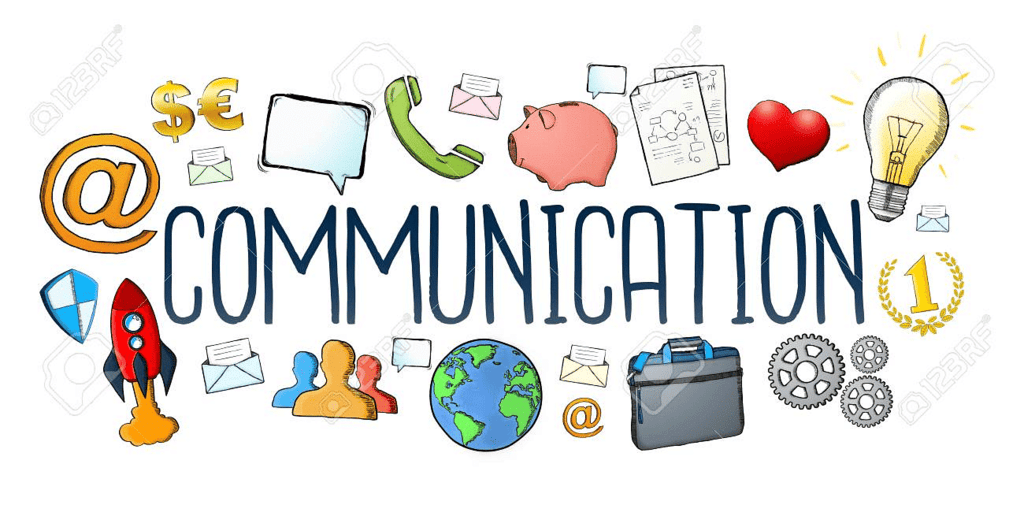
Communication is essential for exchanging information and ideas. It can happen through speaking, writing, gestures, or even facial expressions. The aim of communication is to ensure that others grasp what we mean while we also try to understand them.
Why Communication is Important
- To express our thoughts and ideas.
- To comprehend the feelings and perspectives of others.
- To foster relationships and connect with people.
- To address issues and work together.
- To acquire new knowledge and grow.
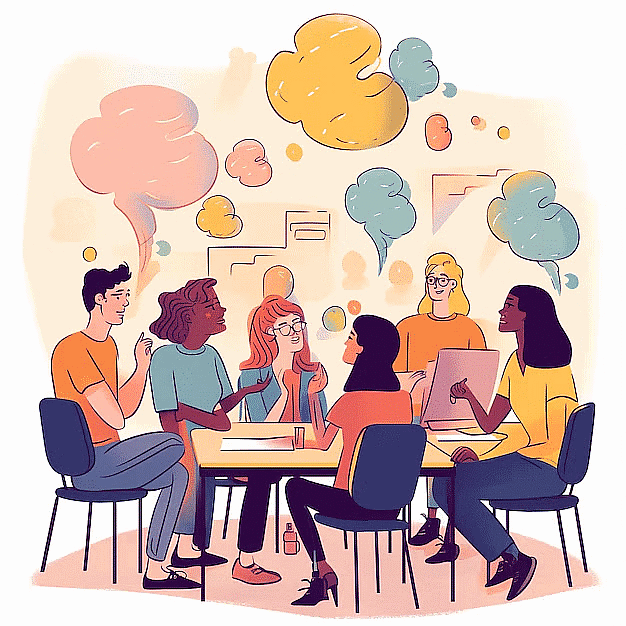
Types of Communication
- Verbal Communication: This type involves sharing our ideas through spoken words, either face-to-face or over the phone.
- Non-Verbal Communication: Non-verbal cues play a crucial role in communication. This includes gestures, facial expressions, and body language, which can convey messages without the use of words.
- Written Communication: This form involves expressing information through written words, such as letters, notes, emails, or text messages. Written communication is often used when a permanent record is needed or when communicating over long distances.
- Visual Communication: Visuals can be powerful tools for communication. This includes the use of images, drawings, charts, or infographics to convey messages or information. Visual communication can often make complex information easier to understand.
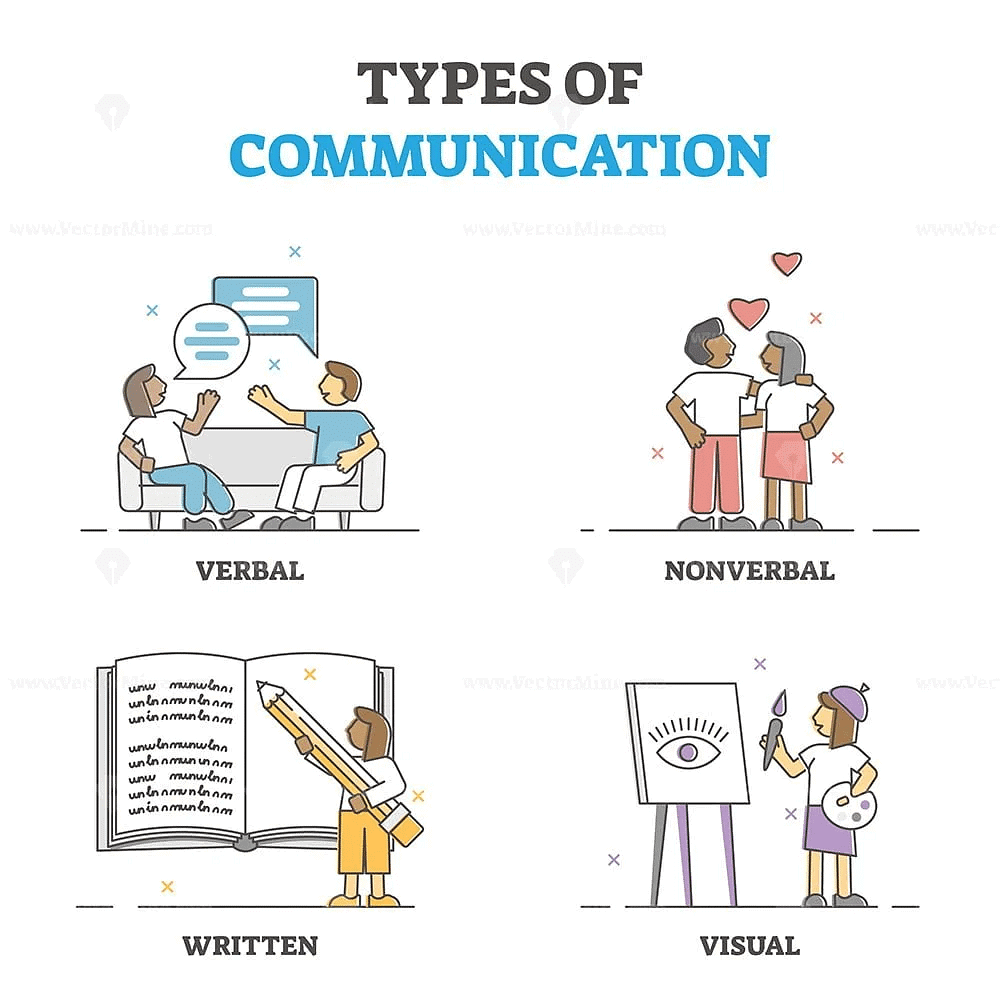
Importance of Different Forms of Communication
Each type of communication plays an important role in helping us share our thoughts and feelings effectively. Depending on the context and the message we want to convey, we may choose one form of communication over another, or even combine several forms to enhance understanding. For example, in a presentation, a speaker might use verbal, visual, and even non-verbal communication to ensure the audience grasps the message clearly.
Means of Communication
Means of communication are ways or tools that help us send and receive messages or information.These can range from traditional methods to modern digital platforms.
Different Means of Communication
1. Telephones
- Telephones are devices that allow people to communicate by voice over distances.
- They can also be used to send text messages.
- Telephones have evolved from landline models to mobile phones, which offer additional features like internet access and various applications.

2. Computers/Laptops
- Computers and laptops are used for various forms of communication, including: emails, instant messaging, video conferencing, social media platforms and accessing online resources.
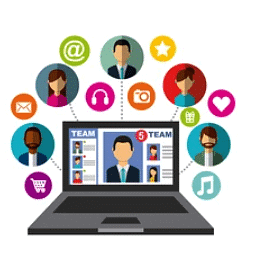
3. Social Media
- Social media platforms like Facebook, Instagram, Twitter, LinkedIn, Snapchat, and TikTok are popular for connecting with others and sharing content.
- These platforms allow users to share updates, photos, videos, and messages with a wide audience, making them a vital part of modern communication.

4. Email
- Email is a commonly used method for electronic communication, enabling users to send messages, documents, and files to individuals or groups over the internet.
- It plays a crucial role in both personal and professional communication.

5. Video Conferencing
- Video conferencing tools such as Zoom, Microsoft Teams, Google Meet, and Skype facilitate virtual meetings, allowing for both video and audio communication.
- These tools are commonly used for conferences, online classes, and remote collaboration.
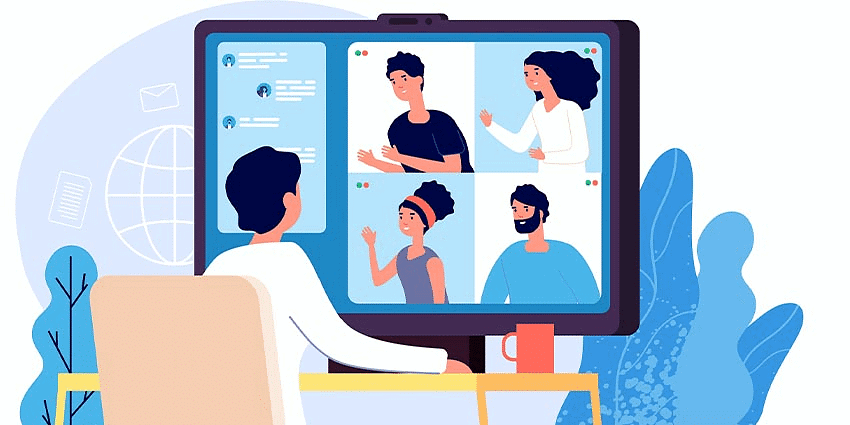
6. Messaging Apps
- Besides instant messaging on smartphones, messaging apps like Telegram, Signal, and Viber offer secure and private communication channels.
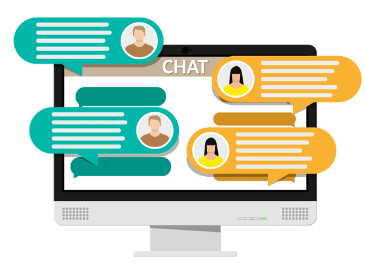
7. Blogs and Vlogs
- Platforms like WordPress and Blogger facilitate blogging, allowing individuals to share their thoughts and ideas.
- Video-sharing platforms such as YouTube and Vimeo empower users to share their experiences with a global audience through vlogs.

Summary
- Communication helps us share thoughts, feelings, and ideas.
- It is important for expressing ourselves and understanding others.
- Types of communication include verbal, non-verbal, written, and visual.
- Communication helps in learning, solving problems, and building relationships.
- Means of communication include telephones, television, social media, emails, and video calls.
- Messaging apps, blogs, and vlogs are modern ways to communicate.
- Traditional communication includes letters, radio, and landline telephones.
|
30 videos|243 docs|48 tests
|
FAQs on Communication Chapter Notes - EVS for Class 2
| 1. Why is communication considered important in our daily lives? |  |
| 2. What are the different types of communication? |  |
| 3. What are some common means of communication? |  |
| 4. How can effective communication improve relationships? |  |
| 5. What role does non-verbal communication play in conveying messages? |  |




















